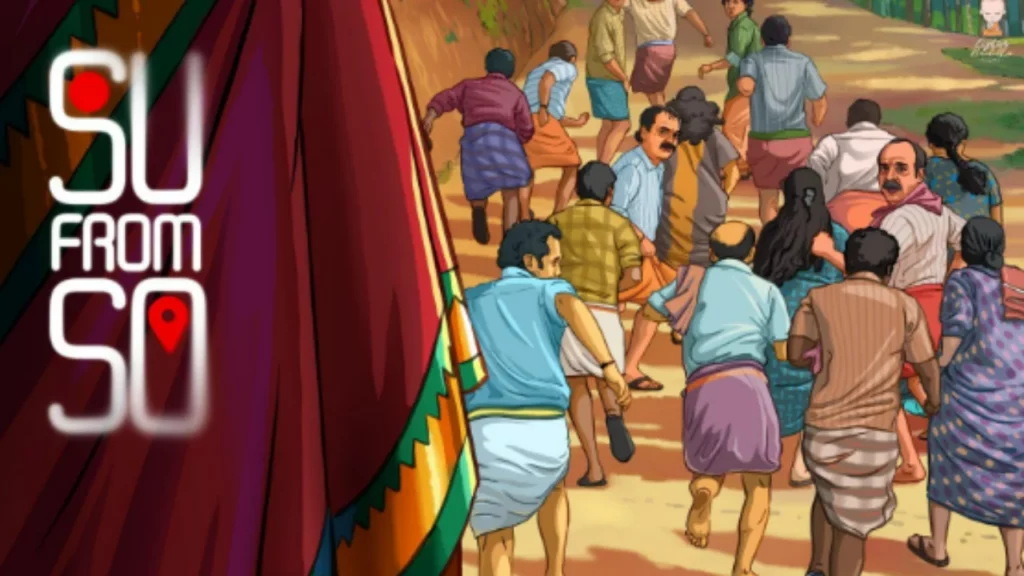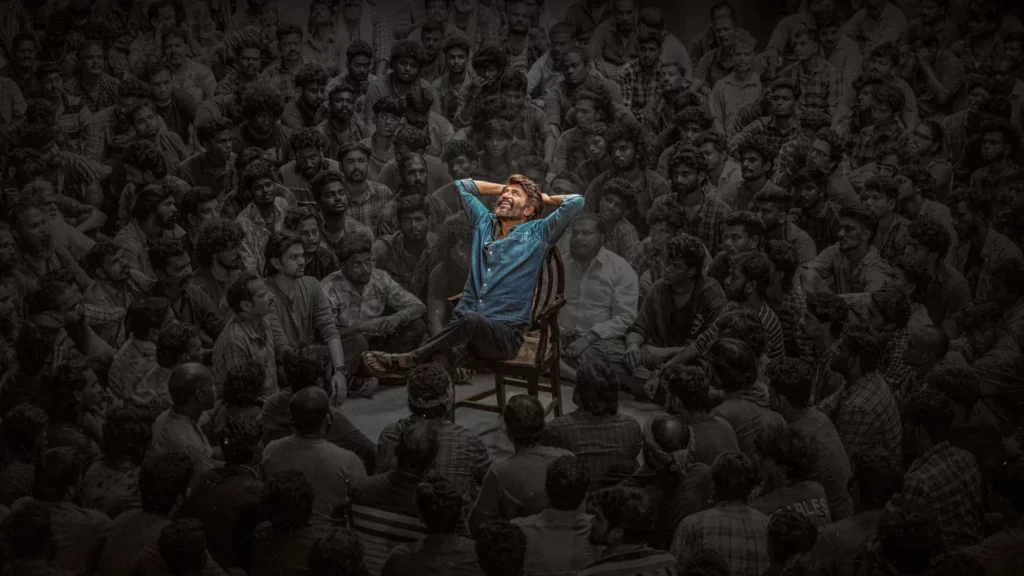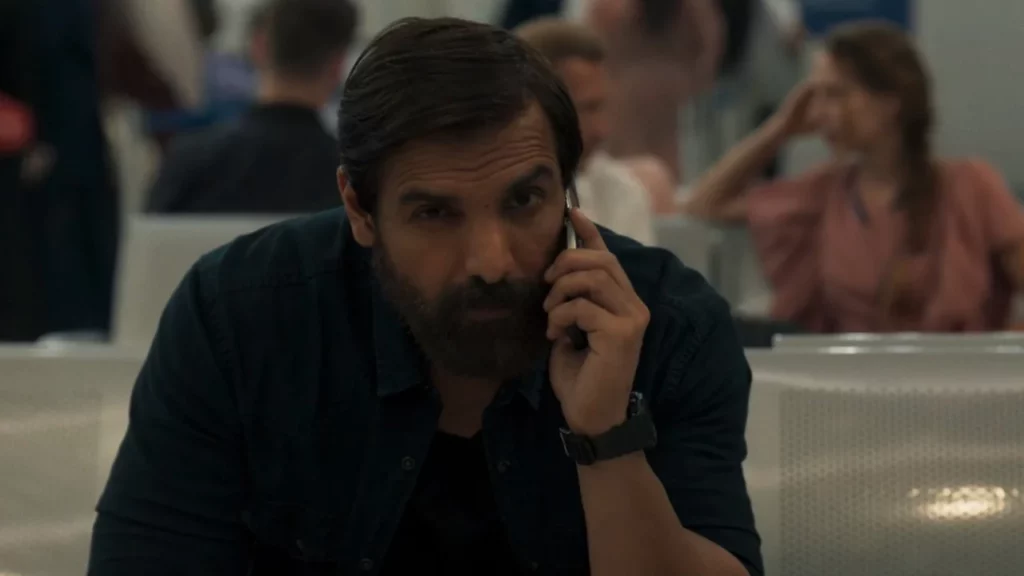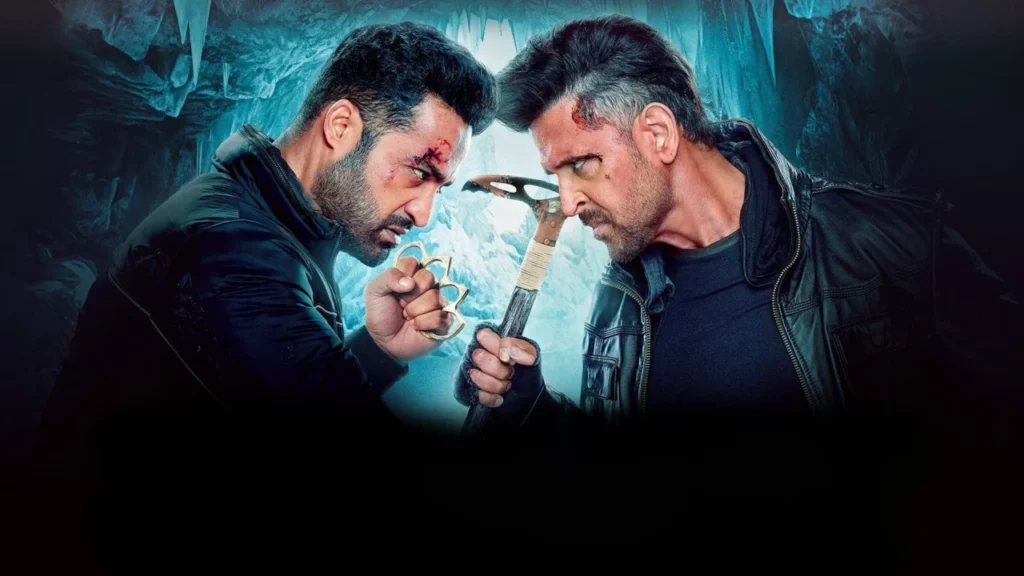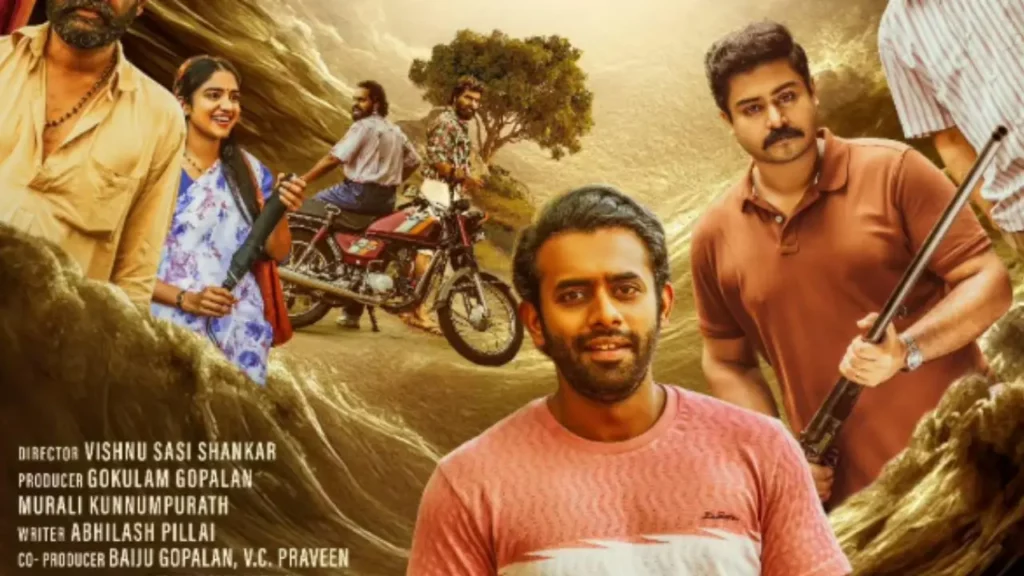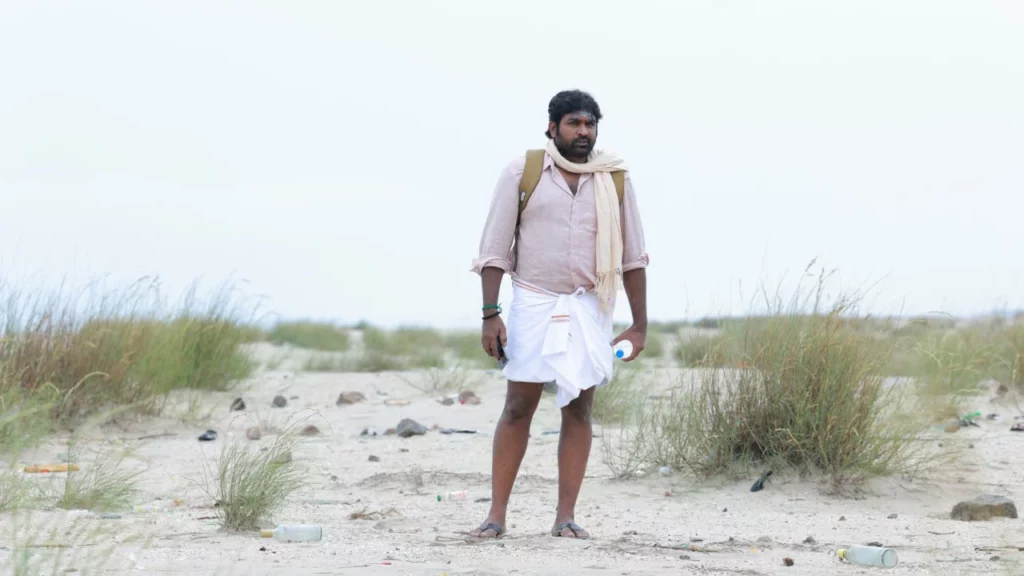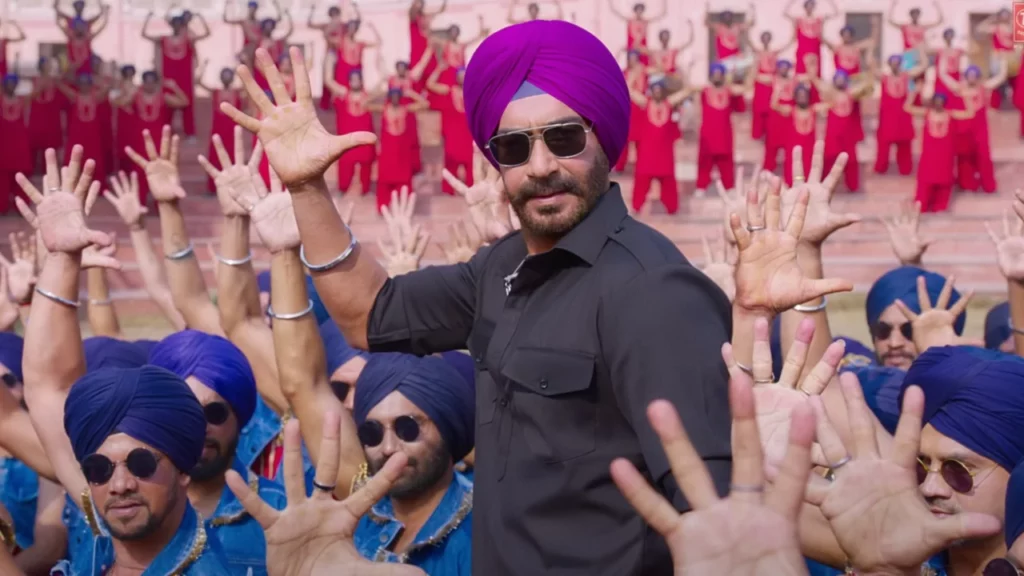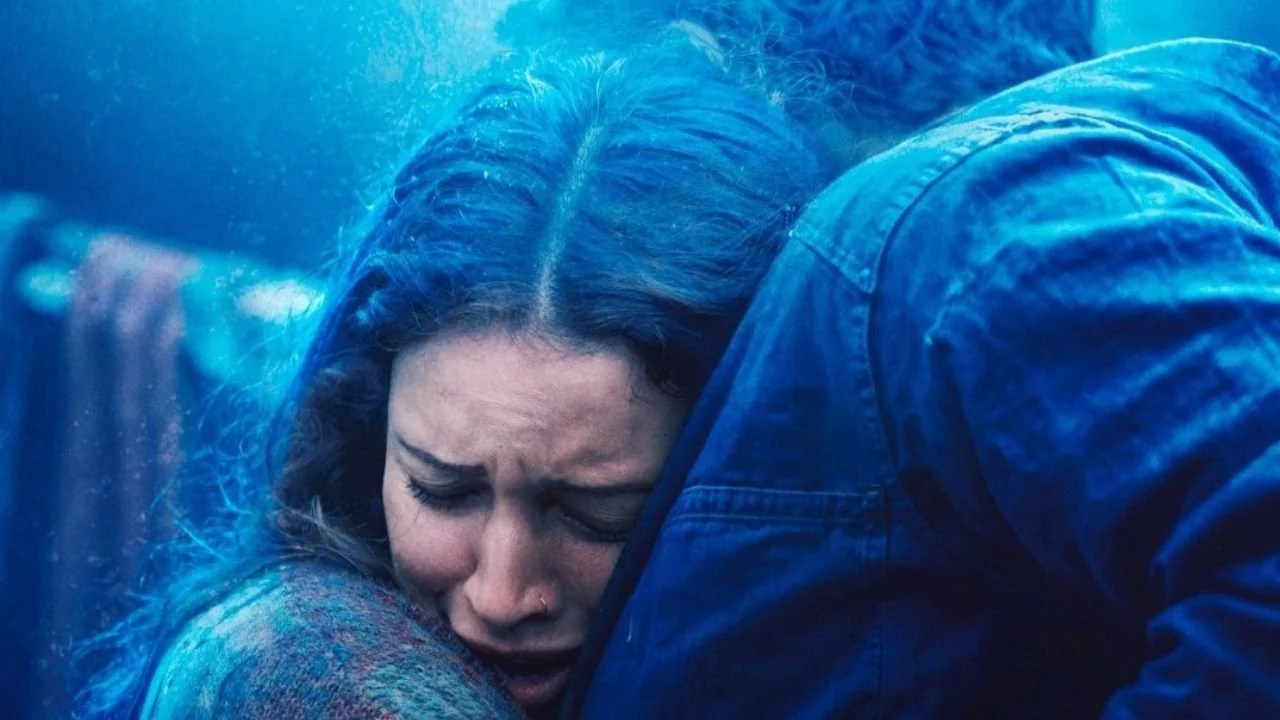
Dhadak 2 (2025) Movie ft. Triptii, Siddhant, and Saad
Shazia Iqbal’s Dhadak 2 arrives with the weight of expectations and the burden of comparison. Starring Siddhant Chaturvedi and Triptii Dimri, this romantic drama ventures into territory that Bollywood often treads carefully around. The film draws from Tamil cinema’s Pariyerum Perumal, attempting to translate its raw social commentary into mainstream Hindi entertainment.
Where the original Dhadak stumbled with its glossy treatment of serious themes, this sequel attempts a grittier path. The story unfolds in a law university in Maharashtra, following two students whose different social backgrounds create an inevitable collision course. It’s a familiar setup, but one that promises deeper exploration this time around.

The Story That Unfolds
Neelesh (Siddhant Chaturvedi) enters law school through the reservation system, carrying both ambition and the invisible burden of his caste identity. Vidhi (Triptii Dimri) comes from privilege, unaware of how her world might clash with his. Their connection develops naturally, but society has other plans.
What starts as innocent attraction becomes a battleground for family honor and social hierarchy. The film doesn’t shy away from showing how educational institutions mirror broader social prejudices. Students who debate constitutional rights by day perpetuate discrimination in their personal lives.
The screenplay takes time building these character dynamics. Unlike typical Bollywood romances that rush toward conflict, this one lets tension simmer. The law college backdrop works well, creating irony between studying justice and experiencing injustice.
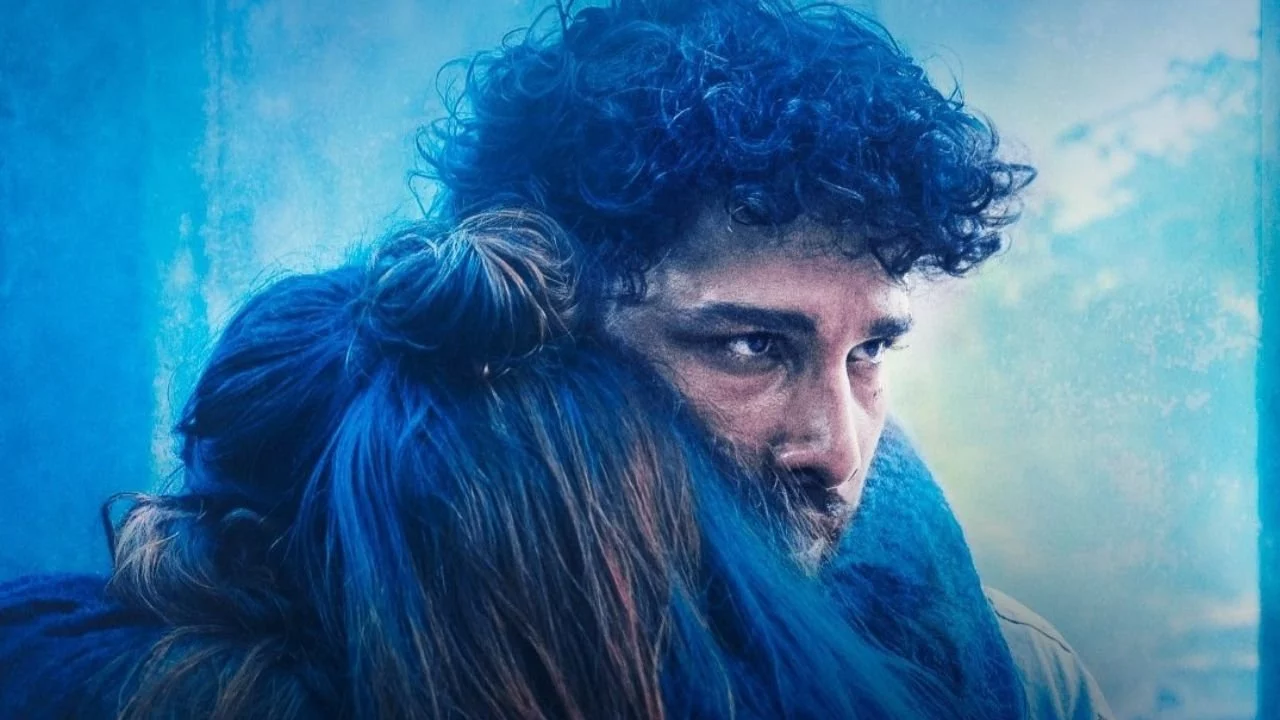
Performances That Matter
Siddhant Chaturvedi brings restraint to Neelesh, avoiding the trap of playing victim or hero too obviously. His performance captures someone trying to fit into spaces not designed for him. I found his quieter moments more effective than dramatic confrontations.
Triptii Dimri handles Vidhi’s internal struggle convincingly. She portrays someone slowly awakening to realities she’s never faced. The chemistry between the leads feels genuine, making their eventual separation more impactful.
The supporting actors, particularly those playing family members, deliver believable portrayals of people defending traditional hierarchies. They avoid caricature, which strengthens the film’s social commentary.
Strengths Worth Noting
This film tackles caste discrimination without diluting its message for commercial appeal. The screenplay doesn’t confuse economic class with social caste, maintaining clarity about systemic issues. Director Shazia Iqbal keeps the focus on human cost rather than political rhetoric.
The law college setting provides natural opportunities for dialogue about justice and equality. Students discuss constitutional principles while practicing social exclusion, creating powerful contradictions. These moments feel organic rather than preachy.
Visual storytelling emphasizes intimate character moments over grand gestures. The camera work captures subtle expressions and unspoken tensions effectively. This restrained approach serves the material better than flashy cinematography would.
Areas Needing Work
At 146 minutes, the film tests patience during its middle portions. Some sequences feel repetitive, particularly those showing Neelesh’s social isolation. Tighter editing could have maintained emotional impact while improving pace.
The climax becomes heavy-handed compared to the nuanced buildup. What works as quiet character study struggles when pushed toward melodrama. The film’s strength lies in subtlety, which gets abandoned in final sequences.
Adaptation challenges show occasionally. Certain elements from the Tamil original don’t translate smoothly, creating awkward moments that break the film’s rhythm. Cultural context sometimes gets lost in translation.
Technical Elements
Cinematography favors natural lighting and realistic environments over polished aesthetics. This choice supports the grounded storytelling approach. The law college and surrounding areas feel authentic rather than constructed for film purposes.
Background music stays minimal, allowing dialogue and natural sounds to carry scenes. This restraint helps maintain the realistic tone. When music does appear, it enhances rather than overwhelms emotional moments.
Critical Reception Landscape
Film critics have responded with cautious appreciation. Most acknowledge the film’s sincere intentions and improved approach compared to its predecessor. However, execution issues prevent universal praise.
Bollywood Hungama gave 3.5 stars, highlighting the social relevance. Indian Express offered 2.5 stars, appreciating themes while noting narrative problems. India Today settled on 3 stars, praising performances but wanting stronger storytelling.
The pattern shows critics recognizing good intentions hampered by uneven execution. Most agree the film succeeds as social commentary while struggling as pure entertainment.
Audience Response
Social media reactions reveal divided opinions. Many viewers appreciate the serious treatment of caste issues, calling it more authentic than typical Bollywood social dramas. Others find the pacing slow and the tone too heavy.
Young audiences seem more receptive to the film’s message, while older viewers appear split between appreciating the subject matter and wanting smoother storytelling. The film clearly resonates with those seeking meaningful cinema.
Repeat viewing seems unlikely for many, suggesting the film works as an important statement rather than entertaining experience. This limits its commercial appeal but strengthens its social impact.
Personal Perspective
I appreciate Dhadak 2’s willingness to engage with uncomfortable truths about Indian society. The film doesn’t provide easy answers or false hope, which feels honest. However, good intentions don’t automatically create good cinema.
The performances carry the film through its weaker moments. Both leads understand their characters’ complexities and avoid obvious acting choices. Their relationship feels real, making the social barriers more frustrating.
Direction shows promise despite execution flaws. Shazia Iqbal demonstrates understanding of the source material’s power while struggling to adapt it effectively. Future projects might benefit from this learning experience.
Final Assessment
Dhadak 2 represents progress in how Bollywood approaches social issues. While not entirely successful as entertainment, it succeeds as commentary. The film’s heart remains in the right place throughout its runtime.
For viewers seeking cinema that challenges rather than comforts, this offers value despite its flaws. The performances alone justify watching, even if the overall experience feels uneven.
Rating: 3/5

